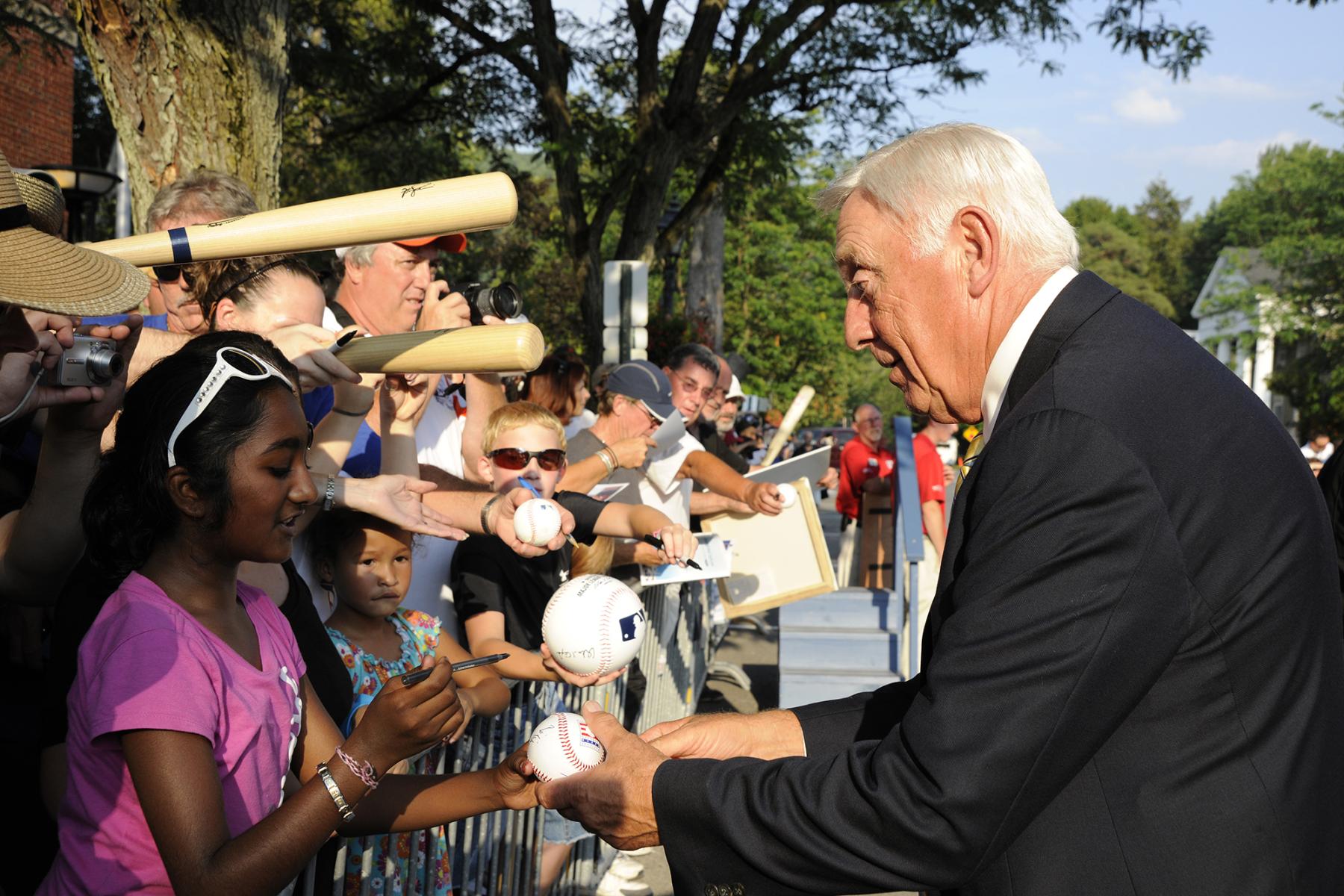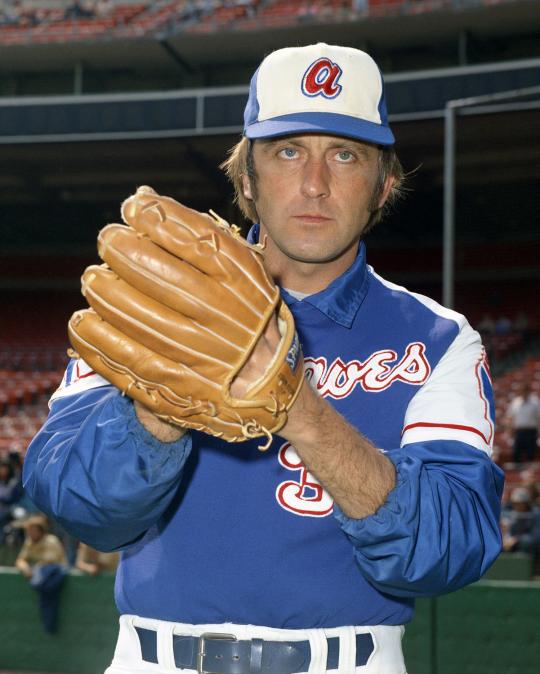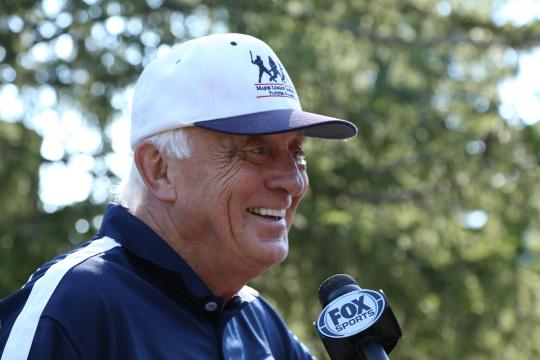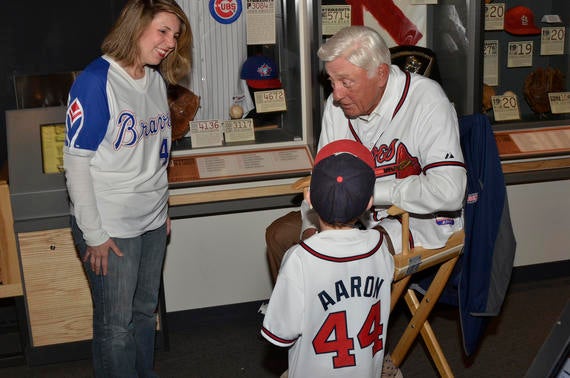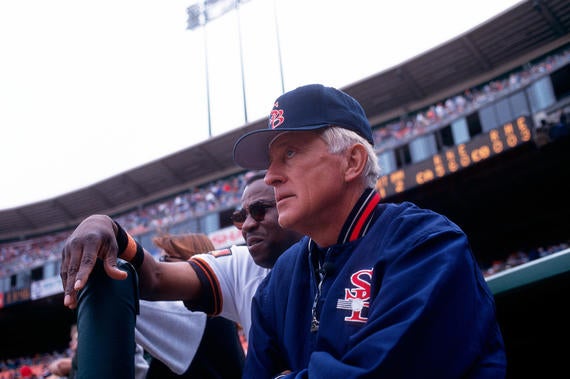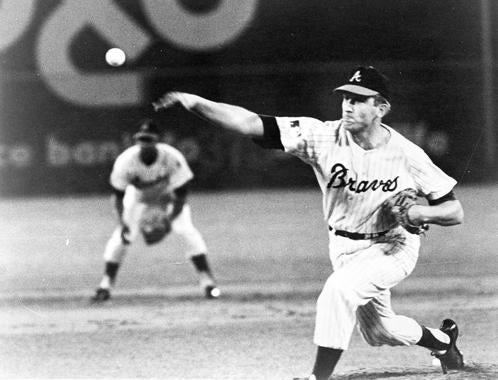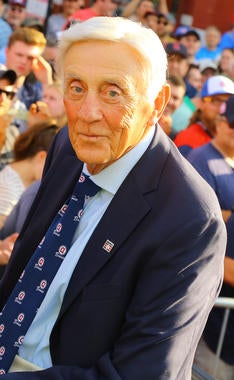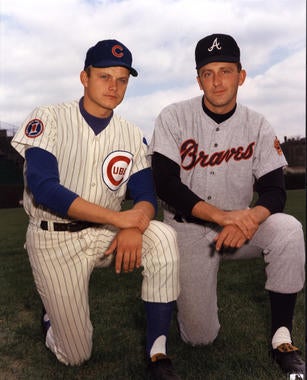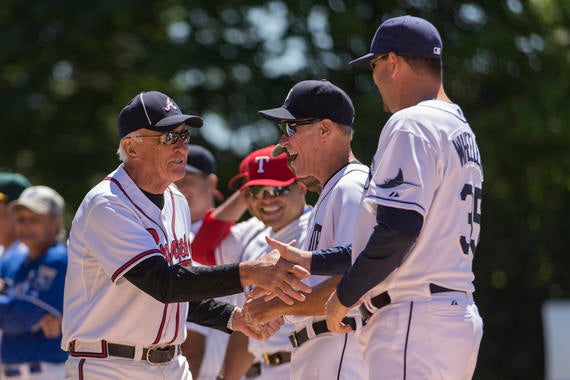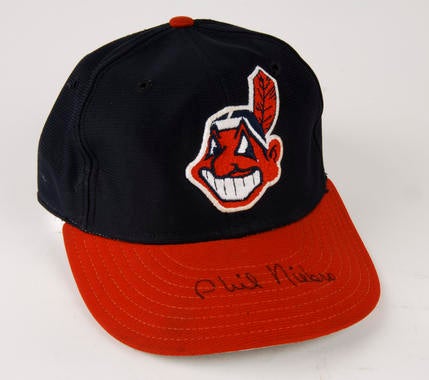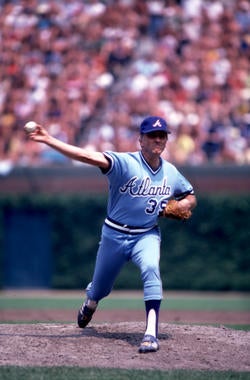Niekro remembered for mastery of the knuckleball
He was the master of the most uncontrollable pitch baseball has ever seen – an offering so confusing that its name, the knuckleball, is actually a misnomer.
Phil Niekro dug his fingernails into the baseball’s seams and carved out a legend – eventually earning a plaque in Cooperstown. It was a career summed up by his dedication to a pitch that can be as confounding as it is unhittable.
Niekro passed away on Dec. 26, 2020, at the age of 81. His skill on the mound was surpassed perhaps only by his good humor and kind nature, which won him friends throughout baseball and the world.
For his humanitarian service, Niekro was honored with the Lou Gehrig Award, Roberto Clemente Award and Brian Piccolo Award. Following his baseball career, he managed the Colorado Silver Bullets, an all-women baseball team in the late 1990s.
Niekro was elected to the Baseball Hall of Fame in 1997 and served on the Museum’s Board of Directors since 2009.
“I feel like I'm surrounded by family,” Niekro said of his many trips to Cooperstown. “This is the magical village of the U.S.A.”
Craig Muder is the director of communications for the National Baseball Hall of Fame and Museum

